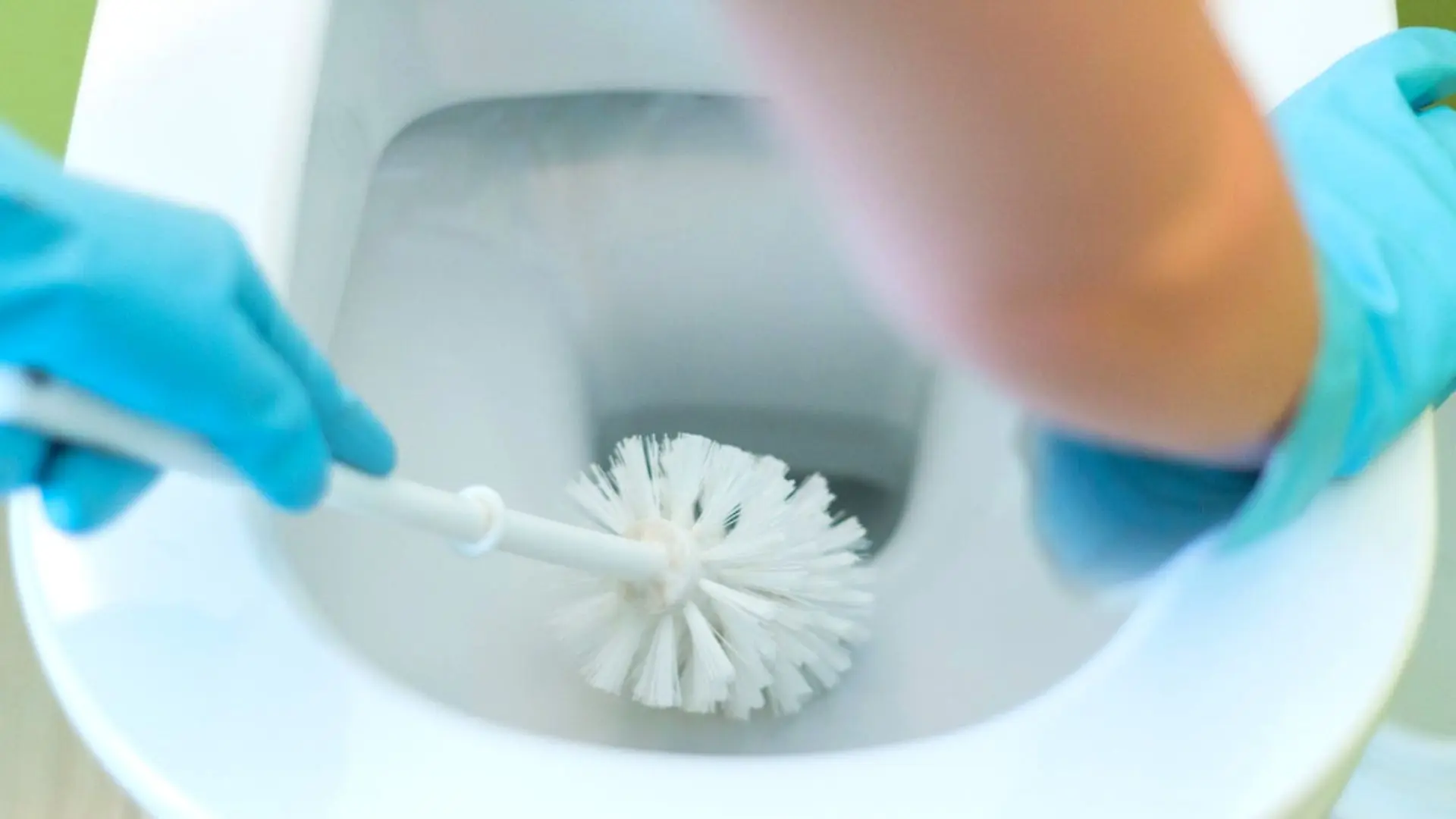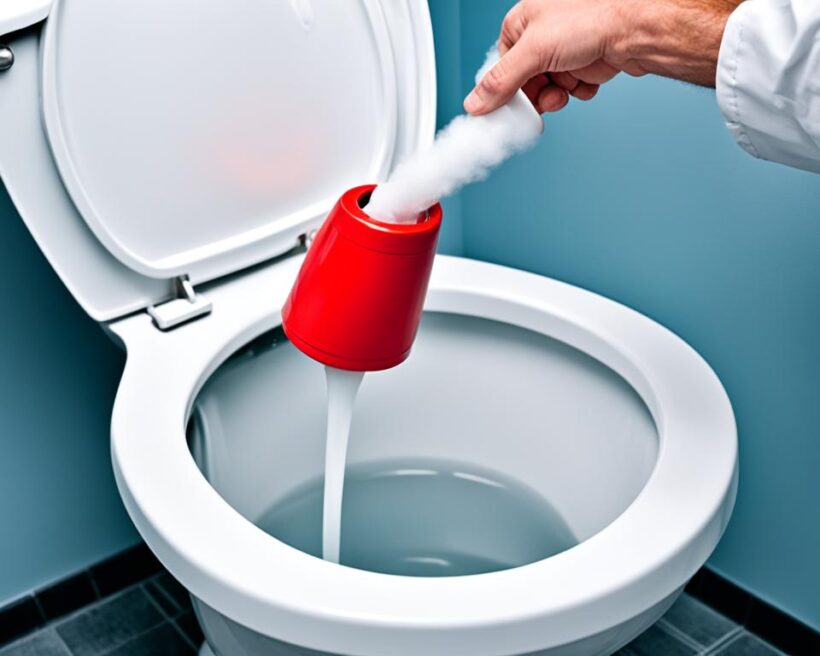Listed here in the next paragraph you can locate some excellent guidance related to Clever Ways to Unclog a Toilet Without a Plunger.

When your toilet breakdowns and block, it is greater than a minor inconvenience. A plugged toilet that backflows with dirty water is also revolting as well as dangerous to your health and wellness. In addition, it interrupts your household completely since everyone requires access to the toilet throughout the day. The good news is, you can still try to clear the obstruction by yourself with these convenient pointers:
Exactly how To Unclog the Toilet Without a Bettor
The best way to deal with a clogged commode is to use a bettor yet there might be scenarios where you do not have access to one. If If the toilet is blocked and you do not have a plunger helpful, have no anxiety. There is more than one way to clean out the bathroom and also several of these methods consist of usual house products that you likely currently have. If a blockage is certain frustrating, you might need to make use of a drain serpent to unblock it. But these natural home remedy will certainly help push via a few of the a lot more small clogs you're likely to experience.
Use vinegar and Baking Soda
Reliable house staples like vinegar and cooking soda will come in useful. Aside from utilizing them for food preparation cleaning surface areas and also functioning as deodorizers, these two miracle compounds can get rid of obstructions well. Most importantly, they are safe and also will leave your commode smelling fresh and clean. Here's what you need to do:
You may require to duplicate the procedure a couple of times until the obstruction is entirely gone. The chain reaction the results from integrating these 2 will certainly work well in softening blockages.
Try Ordinary Recipe Soap and also Hot Water
Boil one gallon of hot water in your kettle. Next off, pour some nice-smelling fluid recipe soap onto your toilet. When the water boils, pour it carefully into the commode. Await around 15 mins for this mixture to work its magic. The warm water as well as soap are intended to soften the blockage. Alternatively, you can use your hair shampoo, also. Hereafter therapy, you must be able to purge the commode without worries.
Purchase a Toilet Snake
A toilet snake is a relatively economical device in your hardware shop. Most importantly, any individual can use it, even someone that isn't a handyman. All you require to do is poke the gadget in the toilet to unclog it. Nevertheless, it can get truly untidy because you need to utilize your hands as well as bend down to get to the blockage.
Get a Plunger
The plunger is the primary tool for unclogging toilets. In fact, every household must have one due to the fact that they work so effectively. Initially, ensure you obtain a huge sufficient dimension to cover the hole in your toilet. Then, position the plunger and also gently push it down initially to eliminate air. This develops the suction you need to remove the obstruction. When you have actually got a great seal, you can dive down forcefully. If you're managing filthy water, put on gloves, mask, goggles, and wear old garments in case you obtain sprinkled. You might need to pump the bettor several times until the blockage loosens up and the flow is recovered.
Pour House Bleach and also Powdered Soap
Bleach like Clorox succeeds to break down waste. Just comply with the recipe soap instructions. Change the soap with 3 mugs of bleach. After a couple of minutes, gather powdered soap. Await 15 minutes and also purge the toilet. This mix will help break down any kind of waste as well as clear the clogged toilet.
Include Warm Water
If dish soap alone does not suffice, including water may move things along. Load a pail with hot bath water (boiling water can trigger a porcelain toilet to fracture) as well as put the water into the bathroom from waist level. The force of the water might displace the root cause of the clog.
Call for Professional Aid
While the options above are trustworthy and helpful, they might be fairly unpleasant if you've got a persistent blockage that will not budge. The best thing to do in this instance is to call a professional plumber. They can handle your clogged toilet and assess your drain system with a sewage system video camera evaluation to see if you've got any kind of bigger issues.
How to Fix a Blocked Toilet
It's rare that anybody makes it through life without encountering a blocked toilet at one time or another. Whether it's our own unfortunate doing, the aftermath of a party, a reminder of an inconsiderate guest or the result of a child deciding to use the toilet to store their toys, eventually a toilet will fail to empty when it's flushed. A blocked toilet is a major inconvenience, especially if it's the only toilet on your property, and needs rectifying before it becomes an unhygienic embarrassment. Fortunately, if you've been wondering how to fix a blocked toilet, it's a straightforward process that should only require a couple of tools and a few minutes of your time.
Don't Flush
The first and most important thing to remember when you're trying to unblock a toilet is to not flush it. It can be tempting to flush again in the hope that the added water pressure might dislodge the blockage, however you're more likely to end up flooding your bathroom, especially if the blockage is completely watertight. In these cases, there's only one way for water to escape the toilet pan and it isn't where you want it to go. Hopefully, any water from your initial flush will eventually drain past the blockage and you can begin trying to clear it.
Shut Off Water Supply
You might not need to shut off the water supply to the toilet but it's a worthwhile precaution, especially if water is running into an already full toilet pan. There should be a stop valve on the pipe that supplies water to your toilet, typically to the left as you face it. Older pipes might require a flathead screwdriver to shut, while many modern pipes have a built-in handle to make your task easier. In either case, you'll need to twist the valve 90 degrees in order to shut off the toilet's water supply, letting you complete the rest of your task with confidence.
Prepare the Area
While your bathroom floor is likely waterproof, whether it's tiled or covered in another watertight material, you probably don't want to spend any time cleaning up the contents of your toilet. With this in mind, it's worth taking a few minutes to prepare the area around your toilet to prevent a more extensive clean-up. This can be as simple as placing some old newspapers or unwanted towels around the base of your toilet to catch and absorb any water that might escape, especially if you have a total blockage and a pan full of water.
Wear Rubber Gloves
Ideally, you won't need to submerge your hands in anything too unpleasant but it's worth protecting them in any case. Any pair of long rubber gloves will do the job; just be sure that there aren't any holes, given the nasty germs you could be dealing with. If you take gloves from your kitchen, you'll want to keep them separate and use them exclusively for toilet cleaning, to avoid spreading germs.
Attempt Removal
Before heading to your nearest DIY shop, check whether or not you can see the blockage and, if so, attempt to dislodge or remove it. A toilet brush might be able to break up the blockage well enough that it can pass through the plumbing system. If you're reading this article, however, you've likely already used your brush to little effect. A stick can offer a stiffer solution but make sure you use something that won't damage the finish of your toilet, an old wooden broom handle is ideal, and be prepared to dispose of this item when you're done. If the forceful approach doesn't work, you'll need to use plumbing tools instead.
Plunger
One of the best ways to dislodge a toilet blockage is to use a plunger. For this task, you'll want to use a toilet plunger, as opposed to a traditional semicircular sink plunger (the familiar Dalek arm); toilet plungers feature an extension collar, a long piece that can be pushed further into the siphon to create much greater suction. Press your plunger on the siphon and begin gently plunging; don't use too much force initially as the vacuum effect might spray filthy water over the surrounding area (including you). Ideally, your plunger should be entirely underwater, as this will help create a seal around its edge and the water itself will create more pressure when pushed towards the blockage.
Plumbing Snake
If your trusty plunger fails to shift the blockage, the best alternative is to use a plumbing snake, also known as a drain snake or plumbing auger. This long tool features a coiled end that is designed to grab or pierce anything it encounters in your pipes and can be found at most DIY stores, as well as some larger supermarkets. A snake can help in situations where a blockage is further into your pipes, especially an incomplete blockage which might not be moved by plunging. Your first goal is to push the auger down the toilet and around the S-bend; hopefully, you won't have to push it too far before encountering the blockage. Try to push the end through the blockage to break it apart. If this doesn't work, pull it back and the coiled end might snag the blockage, bringing it back into the toilet pan where you can remove it.
https://www.heatandplumb.com/blog/how-to-fix-a-blocked-toilet

We hope you enjoyed reading our part about Reasons Your Toilet Keeps Clogging. Many thanks for taking time to browse our piece of content. Remember to set aside a second to share this blog entry if you enjoyed it. Thanks so much for going through it.
Call Today